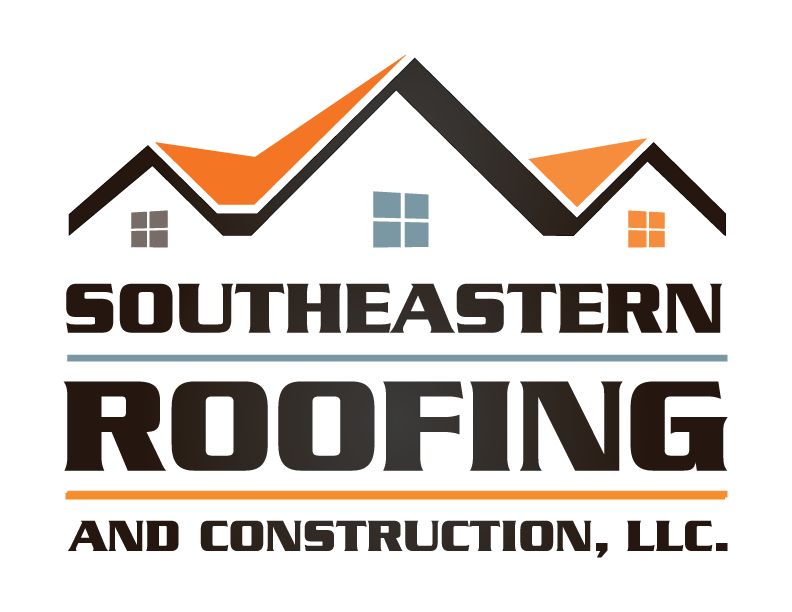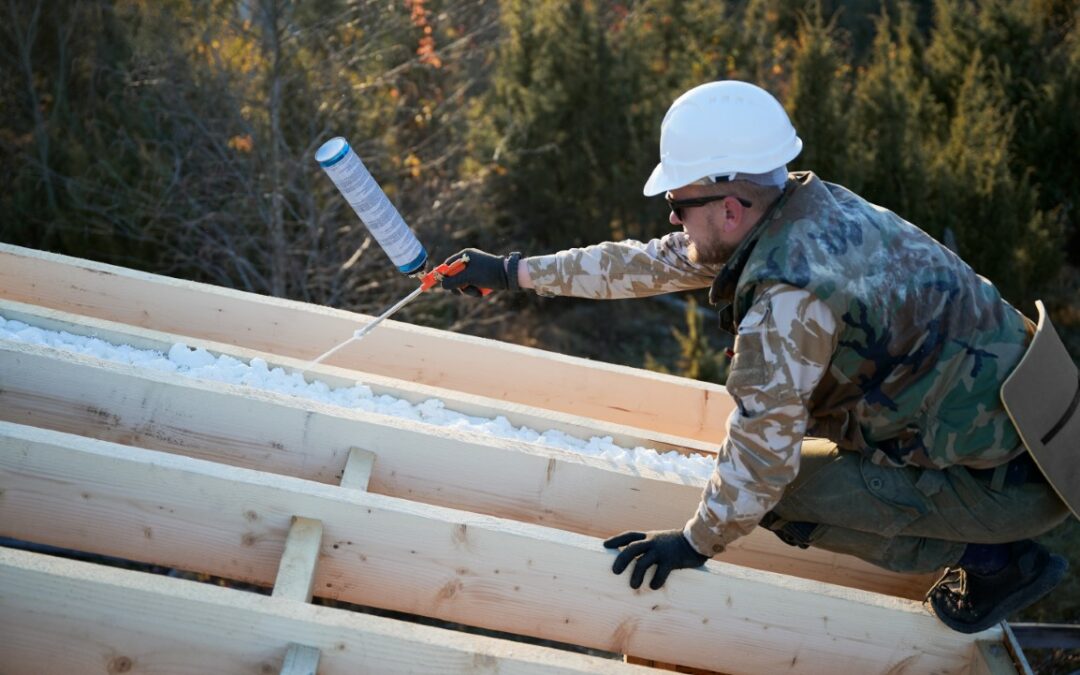At our company, we are constantly striving to find innovative roofing solutions that boost energy efficiency and provide long-term savings. With the rising costs of energy and the increasing demand for environmentally friendly options, it is crucial to choose the right roofing materials and techniques.
In this article, we will explore the benefits of energy-efficient roofing, discuss the various options available, and provide maintenance tips to ensure long-lasting energy efficiency.
Join us as we discover how to make your roof work smarter and save you money.
Key Takeaways
- Energy-efficient roofing can significantly reduce energy consumption and promote energy conservation.
- Choosing the right roofing material, such as metal or cool roofs, can greatly reduce heat absorption and cooling costs.
- Roof insulation techniques, including thermal resistance and energy-saving coatings, can enhance energy efficiency and reduce the need for air conditioning.
- Cool roofing solutions, combined with green roofing techniques, can further improve energy efficiency and sustainability by reducing the urban heat island effect.
Benefits of Energy-Efficient Roofing
One of the main advantages of energy-efficient roofing is the significant reduction in energy consumption through the use of advanced materials and technologies.
Green roofing, which falls under the category of energy-efficient roofing, incorporates environmentally friendly features that promote energy conservation. These features include the use of sustainable materials, such as recycled content or materials that can be easily recycled at the end of their lifespan.
Additionally, green roofing systems are designed to minimize heat transfer, reducing the need for excessive cooling during hot summer months. This not only lowers energy consumption but also decreases greenhouse gas emissions, making green roofing an eco-friendly choice.
Furthermore, government incentives play a crucial role in promoting the adoption of energy-efficient roofing. These incentives can range from tax credits to grants, providing financial support to individuals and organizations who choose to invest in green roofing solutions.
Choosing the Right Roofing Material
When selecting roofing materials, we must consider their energy efficiency and environmental impact. Choosing the right roofing material is crucial for maximizing sustainability benefits and minimizing cost considerations. There are several options available, each with its advantages and disadvantages.
One popular choice is metal roofing, which is known for its durability and long lifespan. Metal roofs are highly reflective, helping to reduce heat absorption and lower energy consumption. Additionally, metal roofs are recyclable, making them an environmentally friendly option.
Another option is cool roofs, which are designed to reflect more sunlight and absorb less heat than traditional roofs. This can significantly reduce cooling costs and improve energy efficiency.
Additionally, green roofs are gaining popularity for their sustainability benefits. These roofs are covered with vegetation, providing natural insulation and reducing stormwater runoff.
Ultimately, the right roofing material will depend on factors such as climate, budget, and personal preferences. It’s important to carefully consider the sustainability benefits and cost considerations of each option to make an informed decision.
Understanding Roof Insulation Techniques
To improve energy efficiency, we can enhance roof insulation using innovative techniques.
One important aspect of roof insulation is thermal resistance, which refers to a material’s ability to resist heat transfer. By choosing insulation materials with higher thermal resistance, we can minimize heat loss during the colder months and reduce heat gain during the hotter months.
Additionally, energy-saving coatings can be applied to the roof surface to further improve insulation. These coatings are designed to reflect sunlight and reduce the amount of heat absorbed by the roof. This helps to keep the interior of the building cooler and reduces the need for air conditioning.
Exploring Cool Roofing Solutions
Let’s explore the benefits of Cool Roofing Solutions for boosting energy efficiency.
Cool roofing solutions are designed to reflect sunlight and absorb less heat compared to traditional roofing materials. By using reflective surfaces, cool roofs reduce the amount of heat transferred into a building, resulting in lower cooling costs and improved energy efficiency.
These roofs are typically made with light-colored materials that have high solar reflectance and thermal emittance properties.
Cool roofs can also contribute to the environment by reducing the urban heat island effect, which is the phenomenon of urban areas being significantly warmer than surrounding rural areas.
Additionally, cool roofing solutions can be combined with green roofing techniques to further enhance energy efficiency and sustainability.
Now, let’s explore how roofing innovations can harness solar power.
Harnessing Solar Power With Roofing Innovations
Our innovative roofing solutions maximize energy efficiency by effectively harnessing solar power. One of the key ways we achieve this is through solar panel integration. By incorporating solar panels directly into the roof, we’re able to capture and convert sunlight into usable electricity. This integration ensures that no space is wasted and that the solar panels receive maximum exposure to the sun throughout the day.
Our roofing innovations also focus on maximizing sunlight by using materials that reflect less light and absorb more heat, allowing for greater efficiency in the solar panel conversion process. By harnessing solar power in this way, we can significantly reduce energy consumption and lower electricity bills, while also contributing to a more sustainable and environmentally friendly future.
Enhancing Ventilation for Energy Savings
One effective way to enhance ventilation for energy savings is by installing roof vents. Ventilation techniques play a crucial role in maintaining a comfortable and energy-efficient indoor environment.
By allowing air to circulate freely, roof vents help to remove excess heat and moisture from the building, reducing the need for air conditioning and dehumidification.
Green roof installations, which involve the use of vegetation on rooftops, can further enhance ventilation by providing natural cooling through evapotranspiration. The plants absorb heat and release water vapor, creating a cooling effect that helps to regulate the temperature inside the building.
Additionally, green roofs can act as insulators, reducing heat transfer through the roof and minimizing the need for heating in colder seasons.
Maintenance Tips for Long-Term Energy Efficiency
To ensure long-term energy efficiency, we need to consistently maintain our roofing solutions through regular inspections and prompt repairs. By following some key longevity tips, we can optimize the performance of our roofs and reduce energy consumption.
Firstly, scheduling regular inspections with a professional roofing contractor is essential. They can identify any potential issues and address them promptly, preventing further damage and energy loss.
Secondly, it’s crucial to keep the roof clean from debris, such as leaves and branches, as they can block drainage and cause moisture-related problems.
Additionally, ensuring proper insulation and sealing will help maintain a consistent temperature inside the building, reducing the need for excessive heating or cooling.
Lastly, addressing any leaks or damages immediately will prevent energy loss and avoid costly repairs in the long run.
Conclusion
In conclusion, by harnessing the power of innovative roofing solutions, we can soar to new heights in energy efficiency.
With the right roofing materials, insulation techniques, and cool roofing solutions, we can create a shield against unnecessary energy loss.
By embracing solar power and enhancing ventilation, we can capture the sun’s rays and let fresh air flow freely, reducing our carbon footprint.
With regular maintenance, we can ensure long-term energy efficiency and keep our homes and businesses shining bright like the sun.

